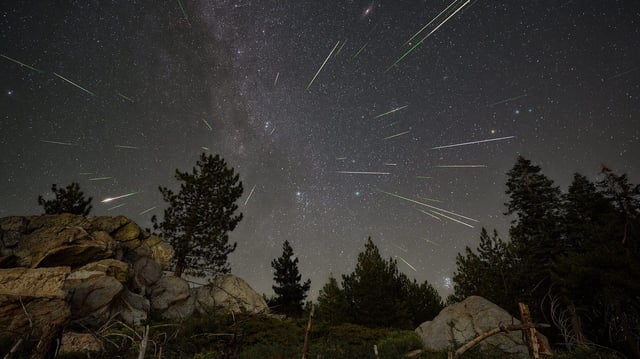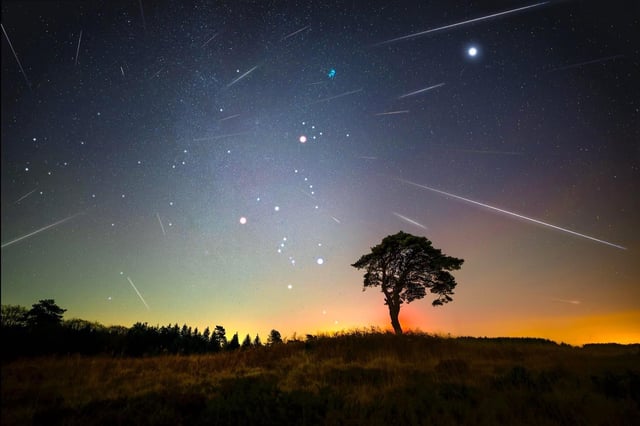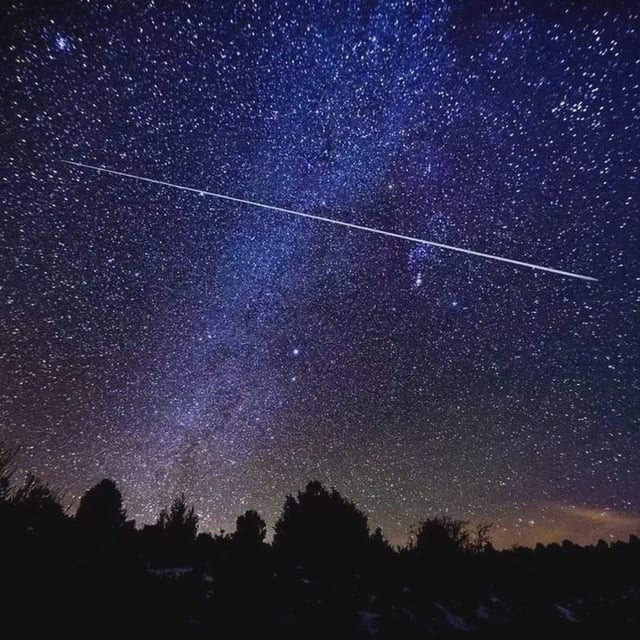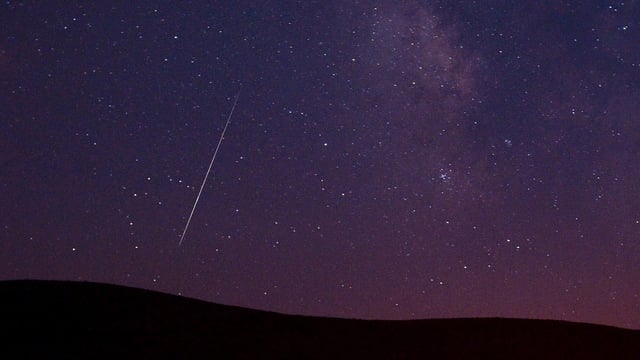Overview
- The annual Perseids run July 17–Aug. 23 as Earth passes through debris from Comet 109P/Swift–Tuttle, producing swift meteors and bright fireballs.
- Under dark-sky conditions, observers can see up to 50–75 meteors per hour radiating from the Perseus constellation.
- This year’s full Sturgeon Moon on Aug. 9 will coincide with the Aug. 12–13 peak, washing out about 75% of fainter meteors.
- Astronomers recommend targeting darker nights before and after peak—specifically July 18–28 and Aug. 16–26—for optimal viewing.
- No special equipment is needed; viewers should find an open, light-free location, allow eyes to adjust, and scan the sky toward Perseus between midnight and dawn.



